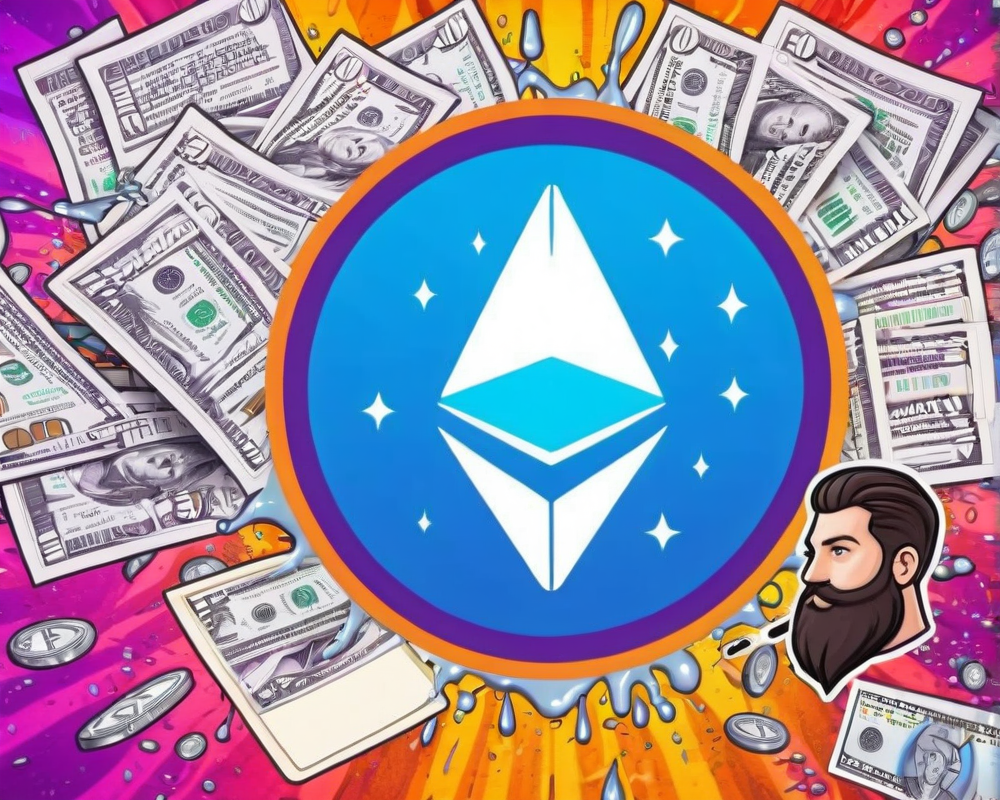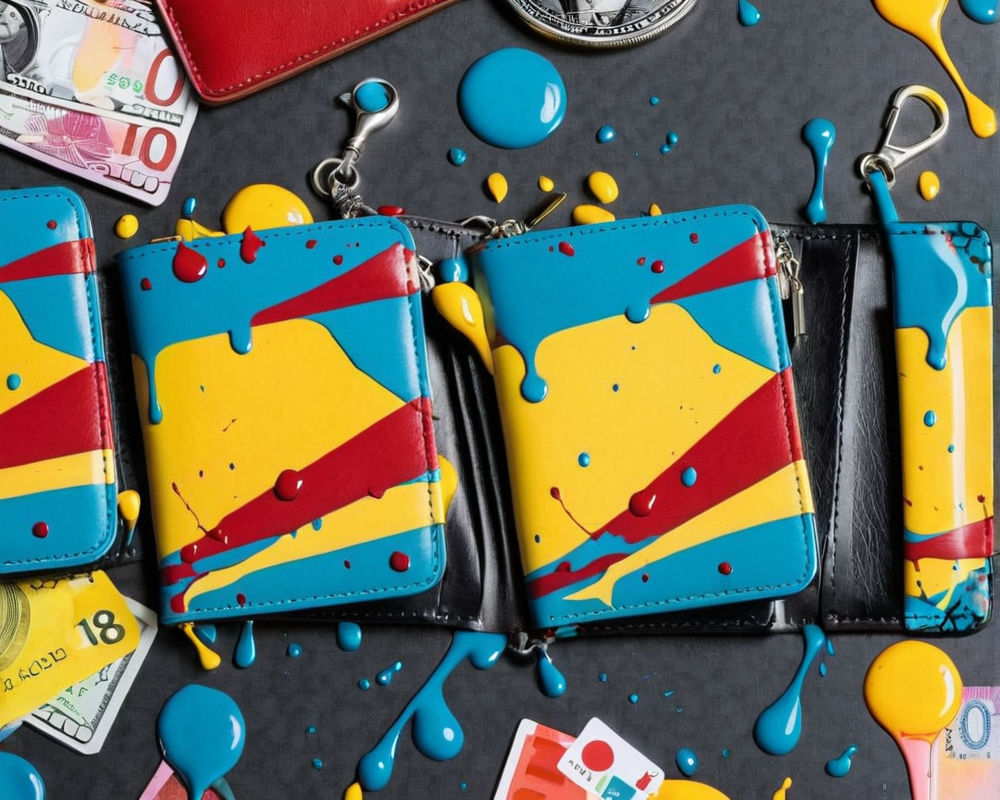The Regulatory Tightrope: Protecting Consumers vs. Encouraging Innovation
Regulators walk a fine line, tasked with the dual role of keeping consumers safe while fostering an environment ripe for entrepreneurial growth. Sounds easy, right? Well, throw in externalities and information asymmetry, and suddenly it’s like walking a tightrope over a pit of hungry crocodiles.
The Crypto Conundrum: SEC’s Stance
The United States Securities and Exchange Commission (SEC) has taken quite the stance against cryptocurrency companies, with Chairman Gary Gensler at the helm. He’s essentially said, “If it looks like a security and quacks like a security, it might just be a security.” His view? While Bitcoin may be a commodity, other crypto assets could very well fit the definition of securities, needing regulation. But the question looms large: is regulation by op-ed really the best strategy?
Why Collaboration is Key
What would a better approach look like? Collaboration! Imagine if regulators, developers, and investors joined forces. It sounds like a superhero team-up, but it’s more about establishing common standards and best practices. Mirai Labs co-founder Corey Wilton hit the nail on the head when he mentioned that regulators are most effective when they’re working alongside innovators.
- Open dialogue on Know Your Customer (KYC) practices
- Transparency in project development
- Establishing a safe space for new ideas to bloom without suffocating regulations
Defining Securities: The Curious Case of NFTs
When discussing crypto regulations, discussions often return to the classic Howey Test—which basically tries to define what a security is. But let’s be honest; applying this test to newer forms of investments, like NFTs, is akin to fitting a square peg into a round hole. Many NFT creators promise returns that sound like the hip uncle’s wild investment ideas at Thanksgiving dinner—and yeah, some of those ideas flop. But that doesn’t necessarily mean that NFTs should automatically be classified as securities.
A Clear Path Forward: Standards Matter
Standards can be the north star in this chaotic regulatory night sky. By embracing open-source standards, inspired by models like the W3C, the crypto community can promote quality and interoperability. This creates frameworks for things like verifiable credentials and decentralized IDs, essential to secure interactions that don’t resemble a game of telephone gone wrong.
As Chris Purifoy said, without a foundation of standards, the innovation in Web3 could become a mess of incompatible systems. It’s like trying to watch three different channels on TV at once—good luck following the plot!
Leading Toward Common Ground
The ultimate goal needs to be a mutual understanding where regulators and innovators can coexist effectively. It’s like a dance; it takes two to tango. We need a platform where the interests of both parties are represented, facilitating better communication that enables technological advancement without fear of the regulatory crackdown. Ultimately, we may not have all the answers, but meeting in the middle offers a glimpse of hope for the blockchain barbecue that’s been cooking for too long!




